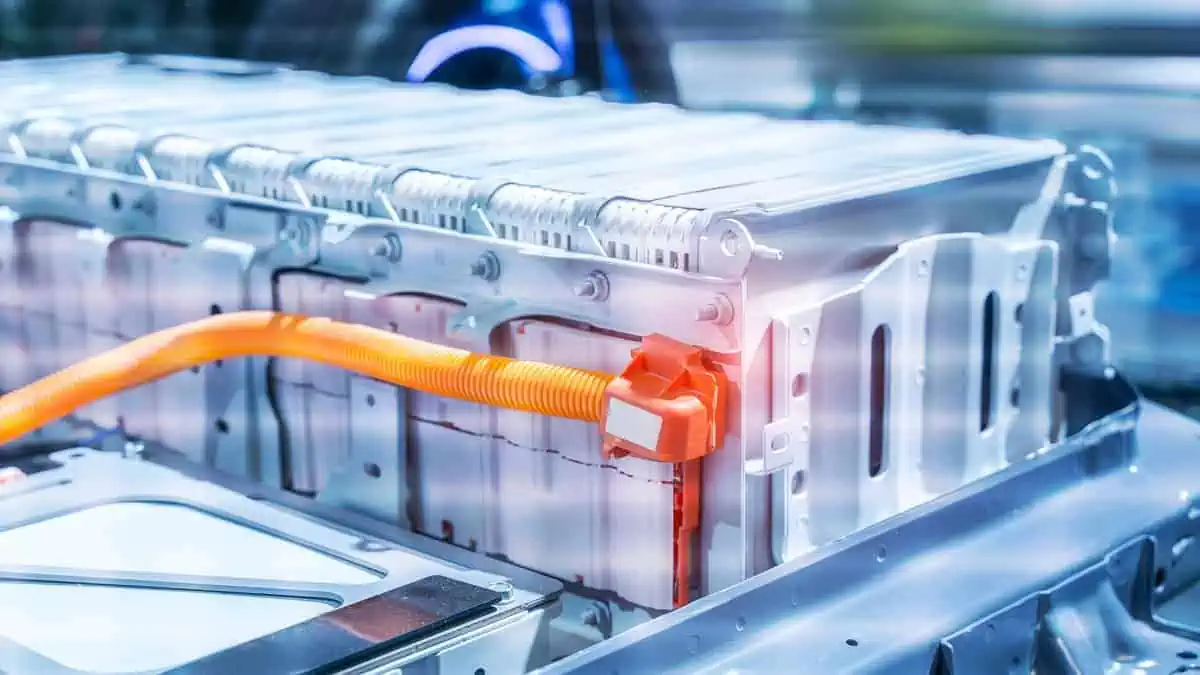Multinational automaker Stellantis recently held the grand opening of its first-ever electric vehicle factory in Italy on September 8, according to the press release.
Stellantis aims to leverage the “state-of-the-art” €40 million Battery Technology Center to test and develop battery packs for its next-gen electric vehicle models.
Stellantis’ Battery Technology Center details
Stellantis erected the new Battery Technology Center at Mirafiori complex in Turin, Italy. It is apparently the biggest facility of its kind in the country, with a scope of 8,000 sqm and 32 climatic test cells.
Moreover, the factory’s power system can support a maximum testing capacity of 47 battery packs in parallel. It can also handle up to 1.2 kV and 2.2 MW per test battery cell.
It also marks the company’s second battery factory in Europe, following the Billy-Berclau Douvrin plant in France.
Stellantis will assign more than 100 of its highly skilled employees to handle the following operations at the newest battery factory:
- climatic stress tests
- lifespan durability tests
- battery management system (BMS) software development and calibration
- battery pack teardown
- cell analysis
- benchmarking
“We are in the midst of a once-in-a-lifetime opportunity to redefine mobility, providing smart and sustainable solutions for our customers. Our new Battery Technology Center at Mirafiori brings together the tools and talented people we need to design, test, verify and produce class-leading products that will meet our customers’ needs and accelerate bringing class-leading electric vehicles to customers around the world.”
Ned Curic, Stellantis Chief Engineering and Technology Officer
Other battery projects
Teslarati noted that Stellantis is also developing a Battery Technology Center in North America, Windsor, Ontario, and Canada.
Stellantis expects these battery factories to strengthen its vehicle production network comprising six gigafactories.
In hindsight, Stellantis disclosed the development of its new 34 GWh US battery plant in July in partnership with Samsung SDI. It marked the company’s second battery project in North America, with plans to begin production by 2027.
2030 goals
Stellantis developed its new electrification strategy, Dare Forward 2030. Under this plan, the company aims to have battery-electric models account for 100% of its new European passenger car sales. Meanwhile, it aims to hit 50% BEV sales of passenger cars and light-duty in the US.
Stellantis also plans to launch a total of 75 all-electric models in the same year. It also targets selling 5 million units by the decade’s end, as reported by TNW.
See Also:
- Stellantis considers partnership with China’s Leapmotor, report says
- Stellantis’ goal of launching a $25k EV in the US collides with UAW demands
- Stellantis to launch more affordable, sub €25K Fiat EV
- Stellantis introduces battery system that may pave the way for smaller and cheaper EV models
- Canada to offer billions in incentives to Stellantis and LG for a new EV battery factory
Stellantis’ battery-related projects, like the Battery Technology Center worldwide, are crucial for its electrification strategy. It will enable the company to secure a strong supply chain to support its planned production ramp-up.
Considering the rapid growth of clean energy technologies, Stellantis’ decision to join the EV shift is also important for the company to ensure its survival.






